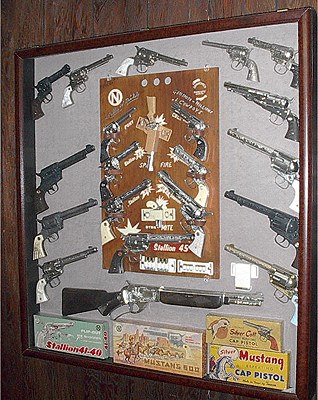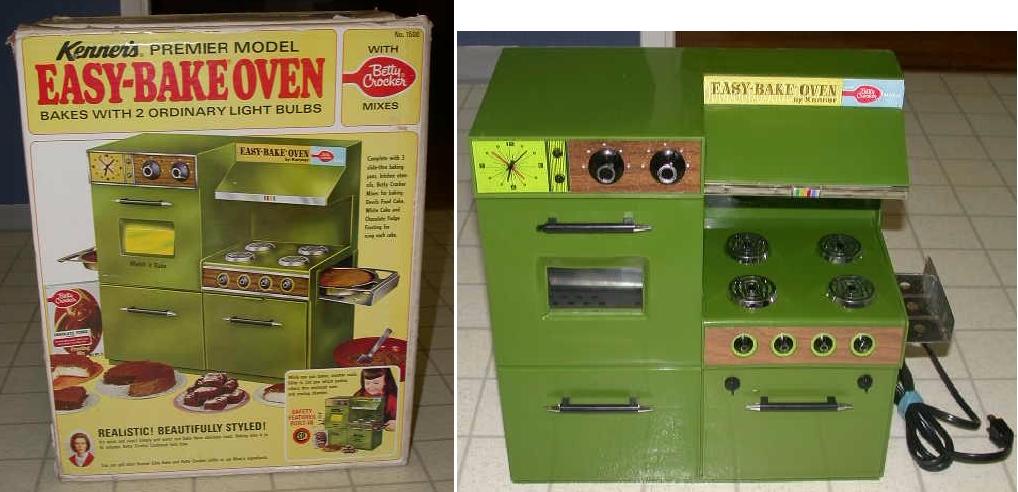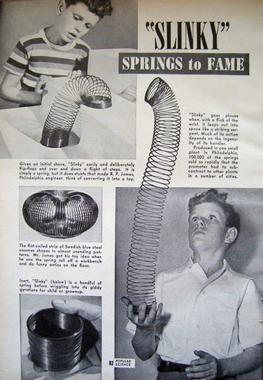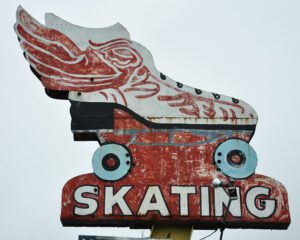Growing up in the 1950s and 1960s, we had no XBoxes, Playstations, Tablets, cellphones, or computers to capture our attention every waking moment. We had, for the most part, toys, that did not require batteries. They only required our imagination and a willingness to engage in the suspension of disbelief.
Tonka Toy Trucks, which were made out of heavy die-cast metal, were a mainstay for young boys. Of course, who could forget the ubiquitous red “Radio Flyer” wagon?
One of the all-time favorites for young boys were electric train sets. A young lad could build a small diorama and mount it on a large sheet of plywood, or have a table built to hold the rail system. Many grown men have elaborate train sets.
I was fortunate when it came to unique toys. My father had a new and used store and was always buying unusual items. He once bought some rides from a small carnival. One of these was an electric train that had an engine and two cars. It ran on car batteries. Dad placed the track in our backyard around a large pecan tree. The engine was very slow, so I opened an access panel, and discovered there was a resistor limiting the current to the motor, to act as a governor. I removed the resistor and replaced it with a piece of wire, and found the train would really fly! The only problem was that I ran the train off the track. Dad disassembled the track and took the train and tracks to be sold at an auction.
Another “toy” on every young boy’s wish list was a Go-Kart. A gentleman had won a two-seater Go-Kart at American National Bank. He sold it to my father who brought it home. Once again, my mechanical ingenuity got me in trouble. I felt the Go Kart was too slow, so I found the governor on the engine and removed it. The next afternoon I was racing around an empty Safeway parking lot and made a sharp turn, throwing my friend, Daryl Howard, out of the machine. You guessed it, Dad took the Go-Kart away from me.
In spring, kites were quite popular among boys and girls. Kites back then had wooden cross-members and had to be assembled from a kit. The box-kites were the most challenging to build and fly.
Balsa wood airplanes that cost that had rubber-band-powered propellers were always a lot of fun in the spring and summer. If a boy was really lucky, he might buy a gasoline-powered airplane on a tether. Radio-Controlled planes were rare and expensive in those days.
Toys soldiers were very popular during that era. I remember gathering all of my toy soldiers and going to a friend’s house, where we would stage a large battle diorama. We soon discovered using fireworks to blow them up was immensely rewarding.

Every little boy had a set of cap pistols so he could play cowboy. The gun usually looked like an Old West revolver. There was a chamber that opened up on the side of the gun, and the roll of caps would fit inside the gun. Each dot on the roll was a tiny amount of black powder. When you pulled the trigger, the hammer would strike one of the dots making a loud “pop!”
Jump-rope and jacks were quite popular among little girls back then. Jacks is a derivative of an ancient game called “Knucklebones.” The game pieces were a small rubber ball and twelve six-pronged metal pieces. The girl would throw down the metal pieces (jacks) and then bounce a rubber ball. She would wait while the ball was in the air, and then grab a jack and catch the ball with one hand. That was called “onesies.” The next round she had to pick up two jacks at the same time, which was “twosies,” and so it went until “twelvsies,” when all 12 were picked up. Her opponent had to do the same thing, the first one to pick up the required number was the winner.
Dolls and miniature tea sets were favorites among little girls. They would have make-believe tea parties with their dolls (and various stuffed animals) sitting around a tiny table. Sometimes, boys were allowed.

The Easy-Bake Oven was a hit among young children who wanted to play “house’” by cooking a meal. Introduced in 1963 by Kenner Toys, it originally had an incandescent bulb to “cook” the food. The oven came with packets of cake mix and small round pans. After water was added it was pushed through a slot in the oven. When done, it was pushed out a slot in the other end.
The iconic Frisbee, introduced by Wham-O in 1957, is a plastic dish that is 8-10 inches in diameter with a pronounced lip. It is used for throwing and catching. It used to be a common sight to see Frisbees being thrown and caught in parks. Dogs also love to catch them in their teeth.
When I was eight, the Hula Hoop made its debut. Wham-O marketed the toy after Joan Anderson brought a bamboo “exercise hoop” back from Australia. The Hula Hoop is a 42-inch, hollow plastic hoop. A boy or girl would place the hoop over them and and while holding on to it, starting gyrating their hips; torque and centrifugal force did the rest. In less than four months in 1958, twenty-five million plastic hoops were sold.

The Slinky, which was invented and marketed in the late forties, was popular when I was a child. The Slinky is a pre-compressed helical spring toy. It can perform a number of tricks. The coolest thing I did with my slinky was set on top of a large number of steps and watch it “walk” down the steps, end over end. The Slinky is a remarkable demonstration of elementary physics. As the Slinky moves down the steps, energy is transferred along its length, in a compressional wave, which resembles a sound wave that travels through a substance by transferring a pulse of energy to the next molecule. Of course, I didn’t know that then, I just thought it was cool.
Another popular Wham-O toy is Slip-N-Slide, which was introduced in 1961. It is a long sheet of plastic with a heat-sealed tubular fold on side with holes in it. One end of the fold is attached to a garden hose, spraying water across the plastic sheet. Daryl had one set up in his backyard, which was ideal for a water slide. The yard was flat for about 20 feet and then dropped a few feet at a 45-degree angle. This little hill made the Slip-N-Slide much more fun on a hot summer day.
There were many more toys we played with, however, it would take several more pages to list them all. I hope this article jogs your memory and reminds you of your childhood when simple toys brought much play time enjoyment and helped develop social and mental skills used later in life.










